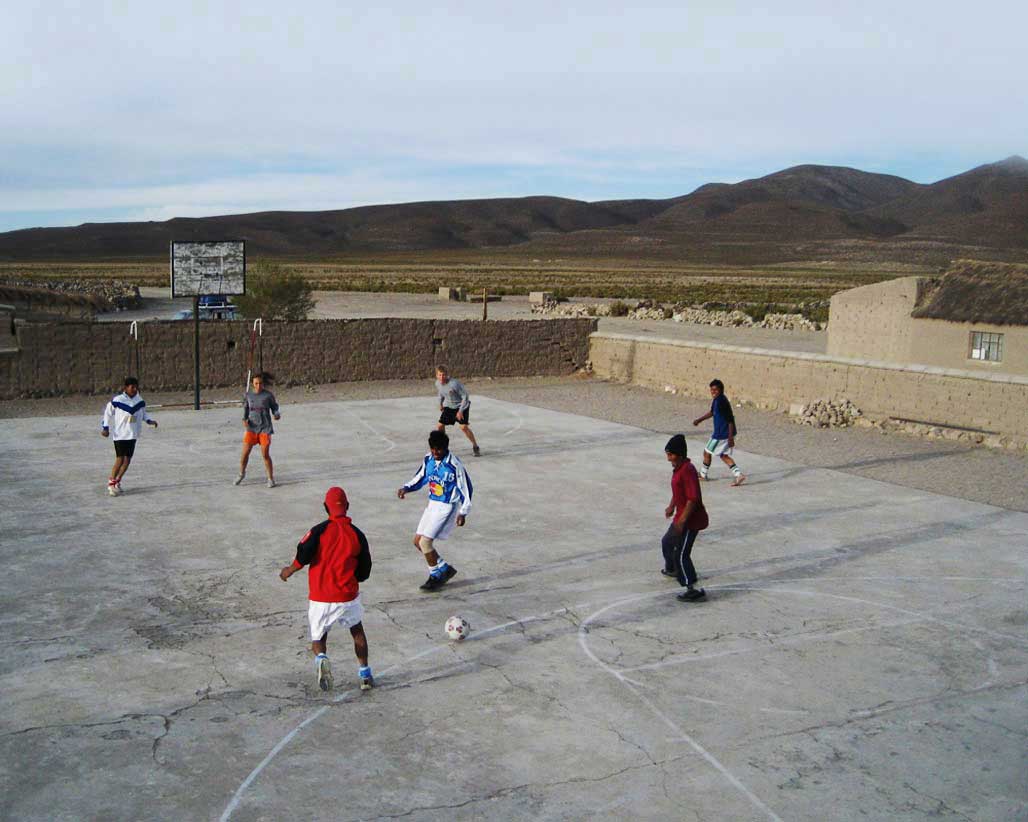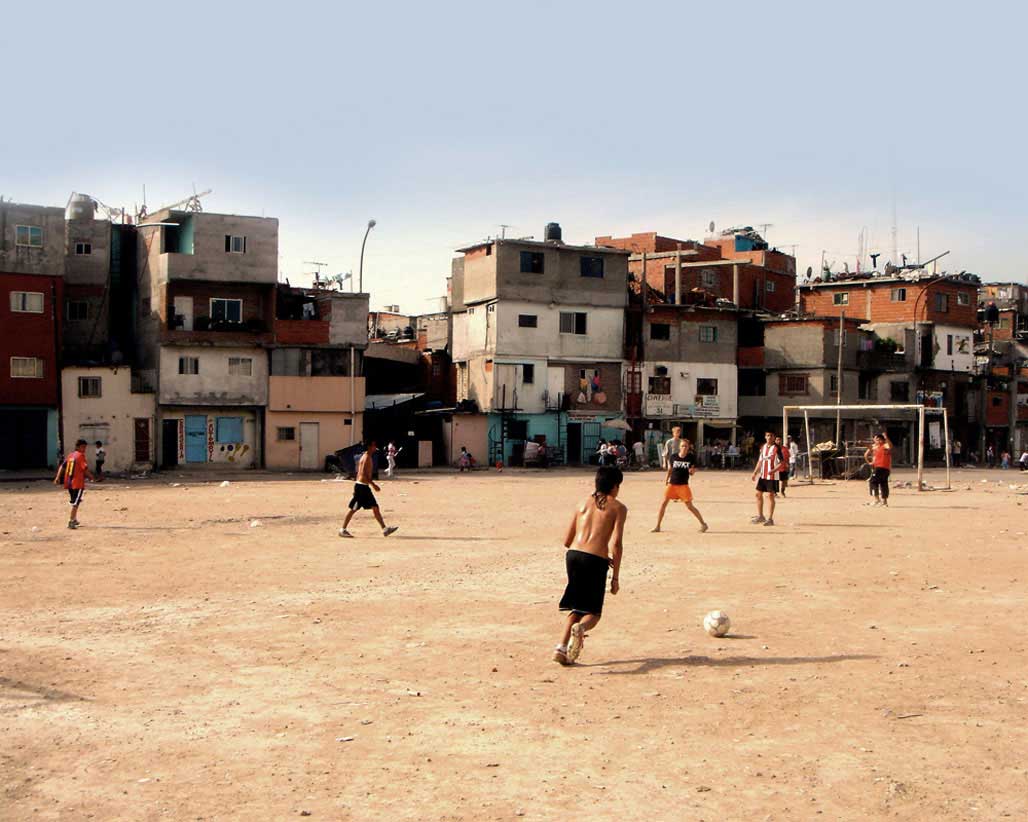PEOPLE TOLD US not to bother going to Asia. Franklin Foer didn’t make it there—when he wrote How Soccer Explains The World, it was the one continent he left out. The passion that spanned Europe, Africa, South America, and the Middle East apparently didn’t exist in Asia. China, the most populated country in the world, rarely qualifies for the World Cup; in 2002 when they did qualify, they failed to score a single goal. When I researched the Asian pick-up scene, the Internet turned up only one article in Time magazine: “Woes in Asia.” An excerpt:
“In Japan, it’s often said that we teach too much,” says Yahiro Kazama, one of the few Japanese to have played professionally in Europe. Japanese kids—like others in East Asia—participate in organized after-school soccer, but tend to abandon the sport outside regulation time. “They are good at learning,” says Japanese soccer commentator Michel Miyazawa. “But if I ask my son to play with a ball, he seems surprised and says ‘Really? Here? Now?’”
The article concludes with the sentence, “Look around Asia and the goalposts just aren’t there.” This was discouraging.
In the editing room, we were already killing babies left and right. It’s impossible to go to twenty odd countries without acquiring more fantastic material than you could ever use. I stare at an image of somebody’s face, chewing on my knuckle, thinking, “Could we really possibly cut him? Could we really leave this out?” And then there was the other problem: with the economy going bust and our funding running dry, we were out of money anyway.
But we set out to make a movie about pick-up soccer around the world, the entire world. Luke watched J-League highlights every week and swore they were the nuttiest, most fervent fans he’d seen anywhere, and I too had seen the slew of Asian supporters at the 2006 World Cup. We didn’t believe they weren’t into it. So the four of us spent a month emailing everyone we could think of. We canvassed the celebrity world for people somehow associated to soccer, and who might, theoretically, want to help us fund the rest of our movie—Drew Carey owns an MLS team, Jon Stewart played soccer at William and Mary, Tina Fey wants her daughter to play sports, Kobe Bryant touts himself as Marta’s biggest fan, Steve Nash claims to be the NBA’s most skilled soccer player. But famous people are hard to track down. None of our brilliant plans for infiltration worked out. Instead, we worked odd jobs and answered fliers that said things like, “Alcohol study: Earn $100 to drink.” This, in conjunction with kind donations and one friend’s willingness to lend us money, was enough to get ourselves to Asia.
WE SAW A picture of a rooftop court in Tokyo—skyline bright in the background—so we came to Japan to find it. Music is everywhere, whether you’re getting on a subway, crossing the street or walking through a department store. It’s soft music, trance music. It feels like Tokyo’s made a soundtrack for your life. It’s a trippy thing to stand in the middle of Shibuya crossing, subliminal keyboard notes ruffling your thoughts as thousands of people—women with trendy hair-cuts, fingerless gloves and high-heeled boots, teenage boys with skinny jeans and fluorescent high-tops—swoop past you and your blind search for soccer courts begins.
Maybe the guy who couldn’t find the goalposts just hadn’t looked high enough. We stood on the street corners, craning our necks to the sky, as though we could see to the top of the skyscrapers. The Japanese do not label every street, and we have no address to go off of. We often feel like we’re on a massive scavenger hunt, a sometimes embarrassing scavenger hunt: we tap on shoulders and mumble sentences in broken languages. “What?” they say, frowning, leaning their heads in so the American can try again. In Tokyo, Luke repeats the sentence he has pieced together through language books and podcasts: “Do you know of any rooftop courts?” He tries different inflections until he sees sudden comprehension light up a face. This is often followed by a vigorous shake of the head—No, no, they know nothing about football courts. But eventually, we find people who point to the sky.
High above the busy crossings and electronic signs, there’s a secret world where sakka games are played. Because Tokyo is a city where space is at a premium, the courts have been snuck onto the rooftops. Entering department stores, we walk past Prada bags, Chanel counters, and ladies sampling perfume, and then we board an elevator, standing next to tired shoppers who empty out floor by floor until we reach the top.
When the doors open, we see businessmen wearing well-cut suits and deep blue scarves, leaning back against park benches. They’re smoking cigarettes, unrolling soccer socks and slipping off dress shoes. Changing right there in the open, they shimmy off their slacks and undo their button downs, donning long-sleeved replica jerseys, warm-up pants and winter gloves. They jump up and down to shake out the cold.
There are two courts cloaked in netting that prevents the ball from soaring off the rooftops. It’s not cheap to rent a court on top of the city and it’s not something they do everyday. There’s the special-occasion feeling, like renting a bowling alley or a skating rink for a birthday party. You can hear the faint sound of an automated voice: “Thank you for visiting Mitsukoshi Department Store.” As the smell of beef wafts up from the food court, we begin to play.














